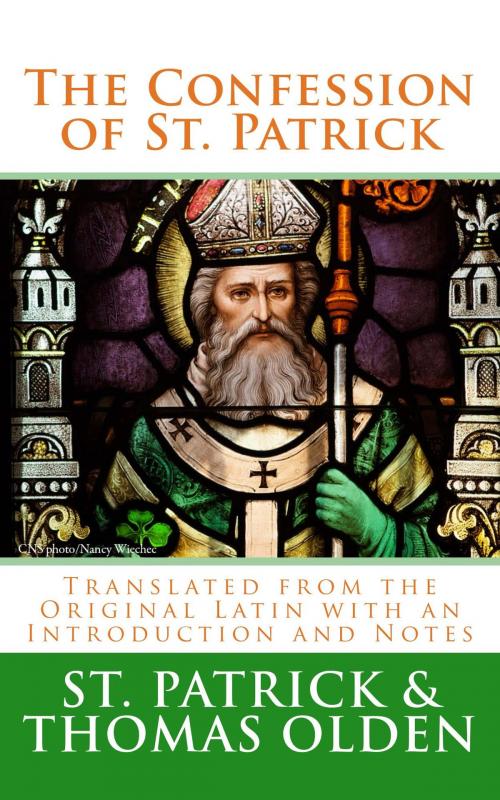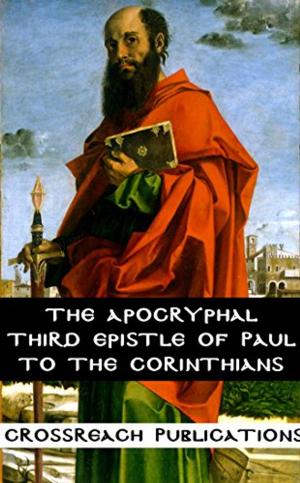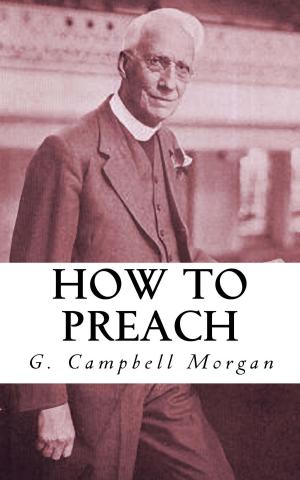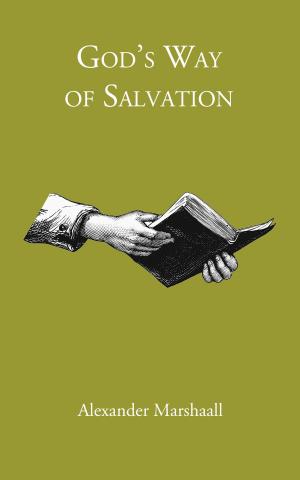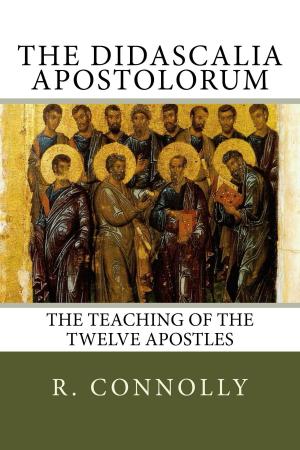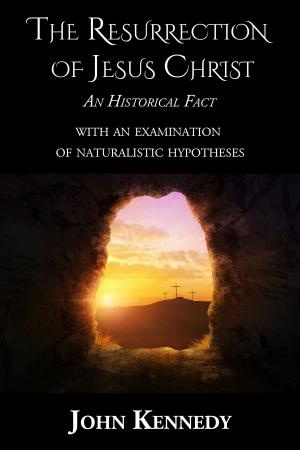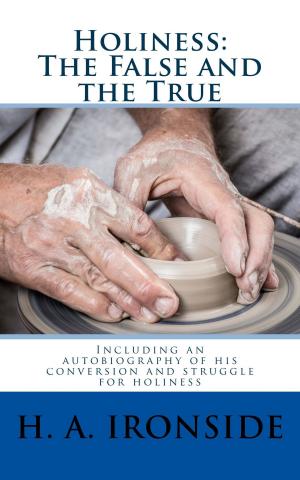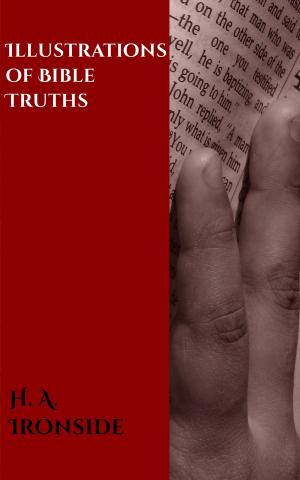The Confession of St. Patrick
Translated from the Original Latin with an Introduction and Notes
Nonfiction, Religion & Spirituality, Christianity, Christian Literature, Christian Life| Author: | St. Patrick | ISBN: | 1230001946529 |
| Publisher: | CrossReach Publications | Publication: | October 1, 2017 |
| Imprint: | Language: | English |
| Author: | St. Patrick |
| ISBN: | 1230001946529 |
| Publisher: | CrossReach Publications |
| Publication: | October 1, 2017 |
| Imprint: | |
| Language: | English |
At the time of publication this is the only modern edition we have found in print or in digital format that contains Thomas Olden's extensive, scholarly introduction and all of his notes and commentary. This is the original and definitive edition. If what you want is to really understand the Confession within its own context you cannot afford to buy another edition.
IT has been remarked by Lord Bacon, in one of his happy illustrations, that time is like a river, which, as it flows on, bears on its surface only what is light and trivial, while all that is solid and valuable sinks beneath its waters. The history of St. Patrick is an instance of the truth of this observation; his real character was for ages unknown; his name was associated, in the popular belief, only with puerile fables and ridiculous miracles, and no one thought of doubting that the doctrines which he taught were those of the modern Church of Rome.
Of late years, however, it has been otherwise, for extracts from his writings have been published, and other proofs given, that the popular traditions were unfounded, and he has been shown to have higher claims on our esteem and admiration that was at one time supposed.
The source from which the most important evidence has been derived, is the Confession, which has been brought out of its obscurity, and many passages of great interest quoted from it, by various writers. But as these, however accurate they may be, will not supply the place of the work itself nor afford as satisfactory evidence to the inquirer, it cannot but be useful to render it accessible to the general reader, by means of an English translation; and to enable every one to judge for himself of the purity of the faith originally planted in Ireland.
It was with this object that the following work was undertaken.
The highest authorities at home and abroad consider it the genuine composition of St. Patrick. To this effect the learned Dr. O’Conor, when quoting the testimony of Mabillon in its favour, says, “with him agree Tillemont, Dupin, Ussher, and others, from whose judgment one should be rash, or rather mad, who would dissent, without the strongest reasons.” To these may be added Sir H. Spelman, Dr. Petrie, who states it to be the general opinion of the learned , and Dr. Neander, whose valuable testimony is given in these words: “This work bears, in its simple, rude style, an impress that corresponds entirely to Patricius’s stage of culture. There are to be found it in none of the traditions which, perhaps, proceeded only from English monks—nothing wonderful, except what may be very easily explained on psychological principles. All this vouches for the authenticity of the piece.”
The only writer of any learning who held a different opinion from these authorities, was Dr. Ledwich, who, having in his “Antiquities of Ireland,” maintained the strange position, that no such person as St. Patrick ever existed, was obliged to treat this work as a forgery. His reasons for denying its authenticity are thus expressed: “No notice is taken of the education of our Apostle under St. Martin, Bishop of Tours, or his relationship to him; of his journeys on the Continent, and his advancement to the episcopate of Ireland by Pope Celestine.” Now, to the former objections it is easy to reply, that the Confession is not a history of his life; and, therefore, we ought not to expect such details: and as to the last, so far from affording any ground for suspicion, it is one of the most satisfactory internal proofs of its authenticity; for, had it been a forgery of those later ages, when the mission of St. Patrick from Rome was invented, so important a circumstance in his history would not have been omitted. As Dr. Ledwich, when in search of objections to the Confession, could not find any better than these, it is evident that he was led to deny its authenticity, not by such frivolous pretences, but by his fancy that there was no such person as St. Patrick.
At the time of publication this is the only modern edition we have found in print or in digital format that contains Thomas Olden's extensive, scholarly introduction and all of his notes and commentary. This is the original and definitive edition. If what you want is to really understand the Confession within its own context you cannot afford to buy another edition.
IT has been remarked by Lord Bacon, in one of his happy illustrations, that time is like a river, which, as it flows on, bears on its surface only what is light and trivial, while all that is solid and valuable sinks beneath its waters. The history of St. Patrick is an instance of the truth of this observation; his real character was for ages unknown; his name was associated, in the popular belief, only with puerile fables and ridiculous miracles, and no one thought of doubting that the doctrines which he taught were those of the modern Church of Rome.
Of late years, however, it has been otherwise, for extracts from his writings have been published, and other proofs given, that the popular traditions were unfounded, and he has been shown to have higher claims on our esteem and admiration that was at one time supposed.
The source from which the most important evidence has been derived, is the Confession, which has been brought out of its obscurity, and many passages of great interest quoted from it, by various writers. But as these, however accurate they may be, will not supply the place of the work itself nor afford as satisfactory evidence to the inquirer, it cannot but be useful to render it accessible to the general reader, by means of an English translation; and to enable every one to judge for himself of the purity of the faith originally planted in Ireland.
It was with this object that the following work was undertaken.
The highest authorities at home and abroad consider it the genuine composition of St. Patrick. To this effect the learned Dr. O’Conor, when quoting the testimony of Mabillon in its favour, says, “with him agree Tillemont, Dupin, Ussher, and others, from whose judgment one should be rash, or rather mad, who would dissent, without the strongest reasons.” To these may be added Sir H. Spelman, Dr. Petrie, who states it to be the general opinion of the learned , and Dr. Neander, whose valuable testimony is given in these words: “This work bears, in its simple, rude style, an impress that corresponds entirely to Patricius’s stage of culture. There are to be found it in none of the traditions which, perhaps, proceeded only from English monks—nothing wonderful, except what may be very easily explained on psychological principles. All this vouches for the authenticity of the piece.”
The only writer of any learning who held a different opinion from these authorities, was Dr. Ledwich, who, having in his “Antiquities of Ireland,” maintained the strange position, that no such person as St. Patrick ever existed, was obliged to treat this work as a forgery. His reasons for denying its authenticity are thus expressed: “No notice is taken of the education of our Apostle under St. Martin, Bishop of Tours, or his relationship to him; of his journeys on the Continent, and his advancement to the episcopate of Ireland by Pope Celestine.” Now, to the former objections it is easy to reply, that the Confession is not a history of his life; and, therefore, we ought not to expect such details: and as to the last, so far from affording any ground for suspicion, it is one of the most satisfactory internal proofs of its authenticity; for, had it been a forgery of those later ages, when the mission of St. Patrick from Rome was invented, so important a circumstance in his history would not have been omitted. As Dr. Ledwich, when in search of objections to the Confession, could not find any better than these, it is evident that he was led to deny its authenticity, not by such frivolous pretences, but by his fancy that there was no such person as St. Patrick.
